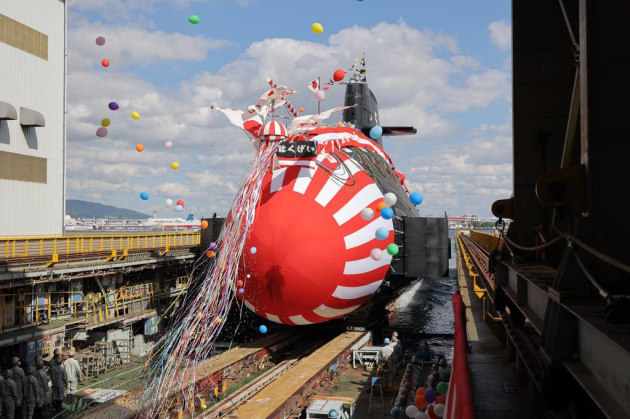By Jeong Soo “Gary” Kim*
The Japan Maritime Self Defense Force (JMSDF) possesses a modern and highly capable fleet, including light carriers, large AEGIS destroyers, and advanced conventional submarines which are renowned for their size and stealth. While individual Japanese naval vessels and their crews are certainly world class, Japan’s unique approach to naval industrial base strategy is often under-appreciated, especially its submarine industrial base. (The Center for International Maritime Safety.)


